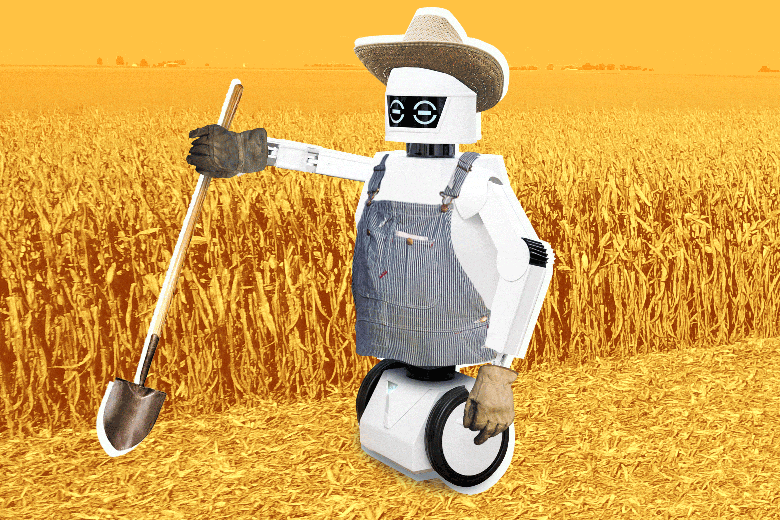
Robotic farmer may be the future of human agriculture
Autonomous farmer robots that pick fruits, pollinate flowers and plant seeds may be the future of the human agriculture.
Employing robotic farmers can reduce waste of water, laborious work for human operator and add the ability to work in bad weather conditions.
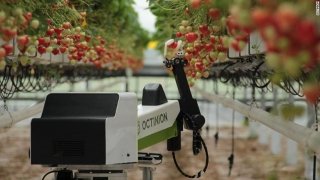
Lowering cost and increase quality of crops
Do you think it’s impossible? Farmers are already tech-savvy professionals who already use GPS-guided tractors, satellite-based systems, and network-assisted crop management. Often they uses drones and quadcopters to monitoring the fields . Drones can perform an Infrared scanning of the soiling to measure the quantity of water or the quality of the crops.
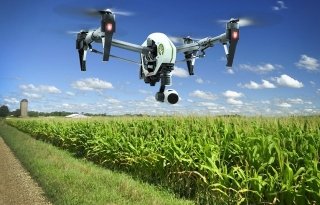
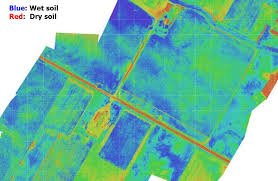
Agricultural bubbles
In a closed “environment” approach used in the vertical farm in New Jersey : salad and green grown with artificial light in urban area where land is not available [edited]. The “factory” operates like the automated Amazon shipping centre .The idea is to increase efficency and reduce water usage.
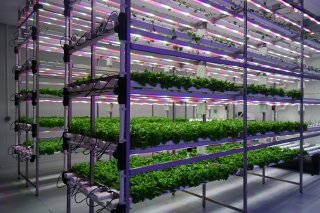
Agriculture in the field – RoboCrop
Using a robotic arm to pick a raspberry in ten seconds or less. RobotCrop has sensors and 3D cameras that recognize how soften or stiffen its grip according to the ripeness of the fruit. As robots don’t get tired, they can pick for 20 hours a day.
NEXT : the newest DJI RoboMaster S1 or LOBOT “robotic arms on the wheels”


‘Growing salad greens with LED lights that are “the cheapest and most efficient way of replacing the sun”’
Sorry, but this is a very misleading way to phrase the factual situation.
Artificial lighting for crop production is very very very expensive in comparison to the amount of light energy we get from the sun for free. So LED lights, compared to other horticultural lighting systems, are only the least awful way to provide light to your crop. And actually this is not even true. The electrical efficiency of double ended sodium pressure light systems is comparable to LED systems, yet the radiation patterns they provide in the infrared range are actually better than LEDs.
Also, please don’t mix up agriculture with horticulture. Vertical Farming is never ever going to make a dent in the agricultural production.
Thanks Rolf for your feedback, I updated the article to make it more clear 🙂 !